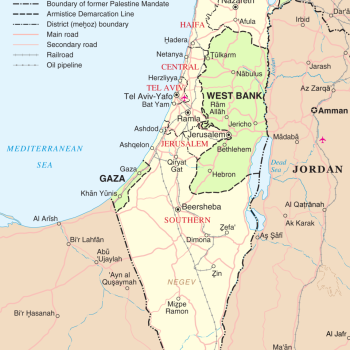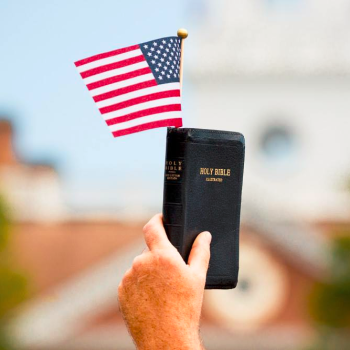Wednesday we were invited to wear purple to demonstrate that we were aligning ourselves with those who decried and deplored bullying, especially the bullying of young folk who understood themselves to be lesbian, gay, bisexual and or transgendered. I was glad to be able to dig around in my closet and find a purple sweatshirt from a retreat I conducted long ago, entitled, “Sacred Time, Sacred Space.” I was glad to claim that prayer for these little ones whom God loves, as if by my donning the sweatshirt, there would be a sacred time and sacred space for all of them, a space in which they understood that they were loved just the way they are by the Holy One.
I also pondered my history with purple. My first memory was that it was my mother’s most hated color. She didn’t like my crayon drawings if they were primarily purple. So I had almost no purple in my life. Until crept in. I remember seeing the pictures of the coronation of Queen Elizabeth II, the person, and how resplendent the robes and jewelry of purple are. I discovered that one of my favorite women in Scripture, Lydia, was a seller of purple dye, a luxury item, greatly desired by persons of taste in her culture. As I became A Woman of a Certain Age, purple began to abound, not only in my wardrobe and house, but around me; my garden has a profusion of lavender bushes, which thrive, not matter how neglected they are. And Jenny Joseph’s poem is becoming part of my ordinary life, “When I grow old, I shall wear purple…” Alice Walker in her novel The Color Purple called all of us to our sensibilities about what we were to include in our loving when she wrote about Celie, who had hated the color purple because of its association with the abuse that she had experienced. Shug challenges her to look around at the other ways that purple could be found, in flowers and in beauty: “You must look at all the good and acknowledge them because God placed them all on earth.”
And that to me was the essence of my purple sweatshirt and its message: I am to continue to look around to see the beauty that God has placed here in particular people, no matter who they are. There is a larger imperative when we look at and out for the vulnerable in any of our cultures. Jesus in the Beatitudes tells as that the ones who are weak, who are marginalized, who are not in a place to effect change for themselves are the ones who are blessed, and it is for all of them that we not only stand up to the bullies in our purple outfits, but for whom we use our own power to teach ways of wisdom, compassion and gentleness. I think that is really difficult, to teach those ways of peace. I remember a “click” moment when I was in Junior High School which at one revealed the challenge and transformed the core of my behavior. My best friend and I were trading insults, competitively as tweens tend to do; because I am competent with words, more so than some other skills, I began to notice that I was better an faster than she was. I was more clever, more s devastating. And I became very uncomfortable and ashamed. How could I who professed to be such a loving person let words so hateful and cruel come out of my mouth with such ease! I called a halt to the competition right then. I decided that that kind of exchange would not be the essence of our friendship. Yet, in my now long life, I am aware that if I am not conscious, always, of the beauty of the persons around me, and of their value, their need for sacred time and sacred space, I still can be seduced in to the ugly bullying insulting behavior, because it is so close to the tip of my tongue.
So I pray for eyes to see Beauty in all, words to exemplify Grace and Compassion to all, strong legs and spine to stand up to those who are swept up in the bullying, as I put on my purple sweatshirt this week and in the days to come.














